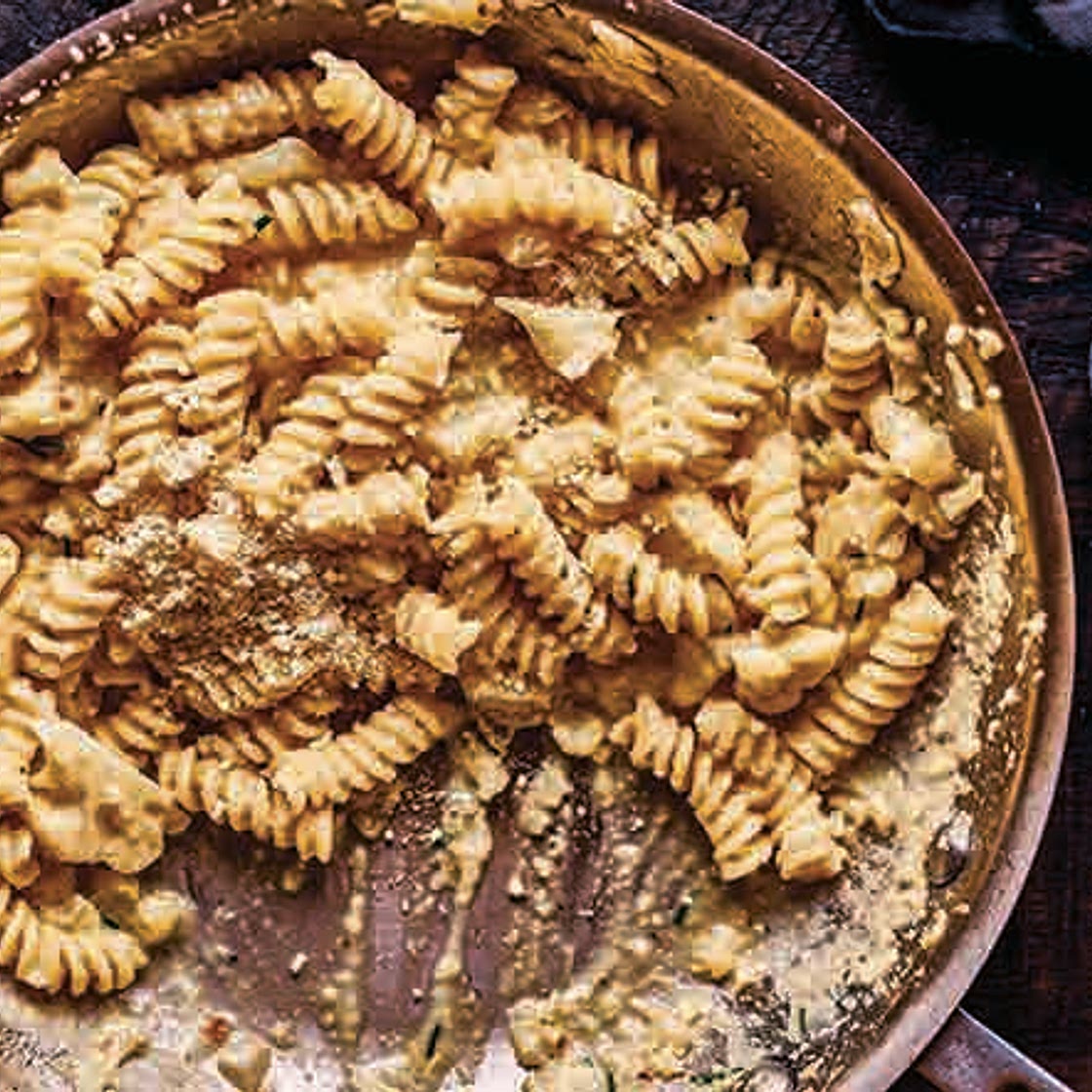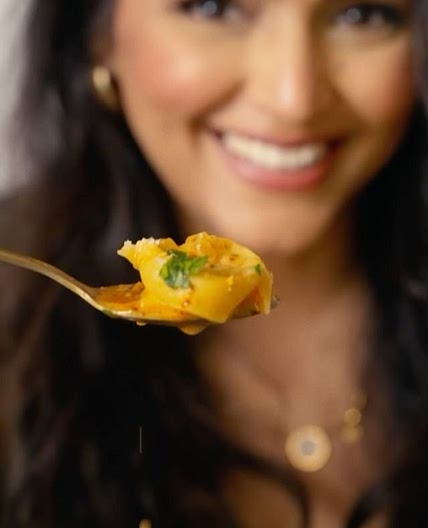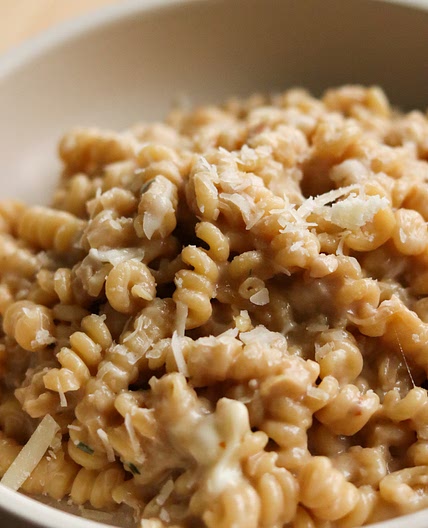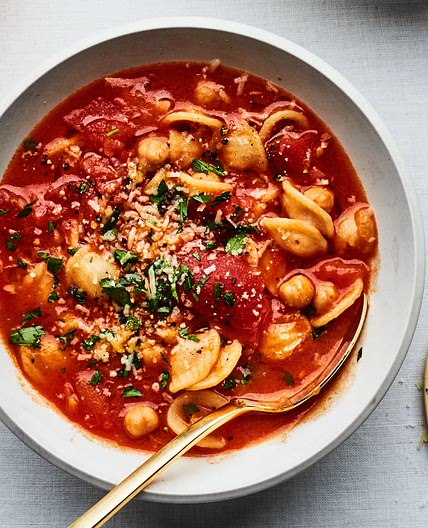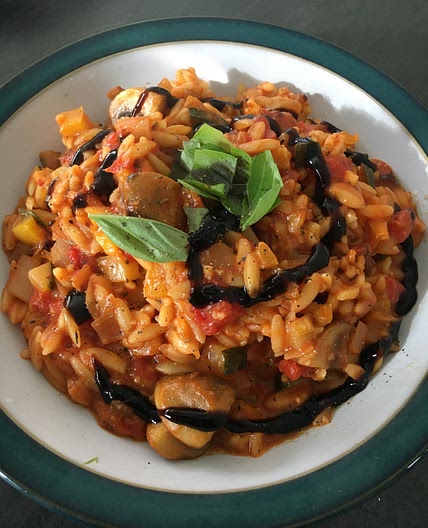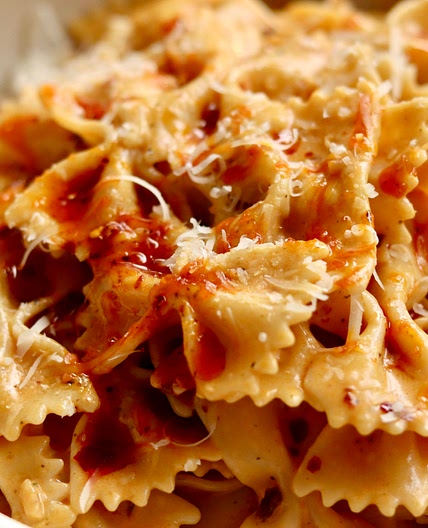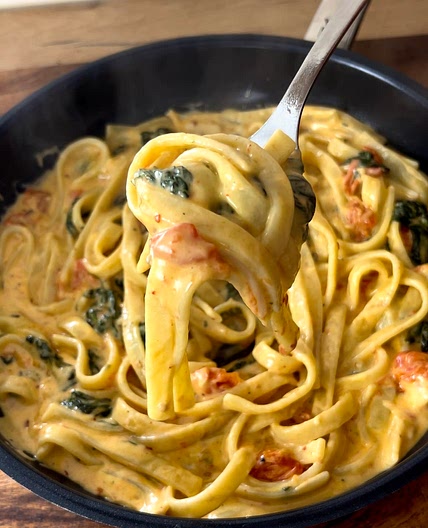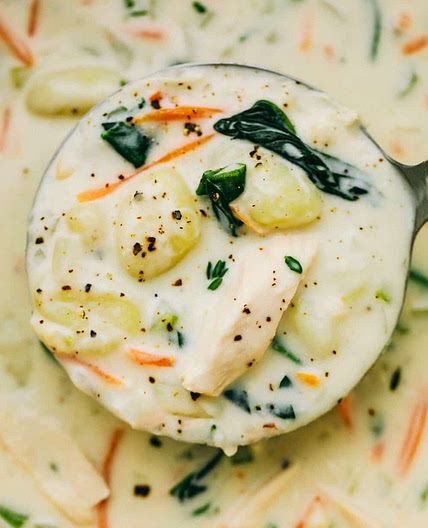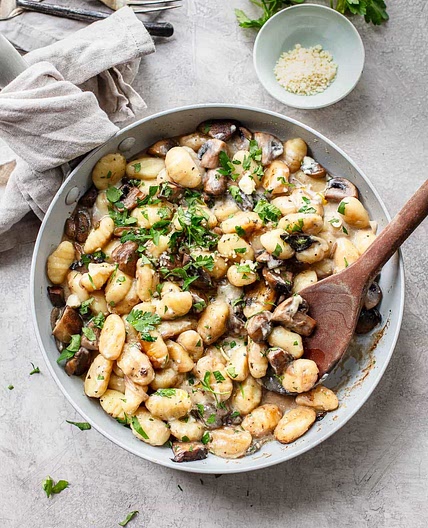By Dana :)
Cauliflower Ragù
“I think of this dish as one of my sleeper recipes—it’s not super sexy on paper, but it is surprisingly delicious and crowd-pleasing. Part of the appeal comes from adding the cauliflower in two batches—the first addition becomes meltingly tender and breaks down through the long cooking. The second addition holds on to a bit of its fresh texture and flavor, forming a flavor ‘chord.’ Another key is to finish cooking the pasta in the ragù, so that it soaks up some of the sauce. And be sure to season this well!” —Joshua McFadden in his 2018 Beard Award–winning Six Seasons: A New Way with Vegetables.
Updated at: Thu, 17 Aug 2023 12:11:15 GMT
Nutrition balance score
Uh-oh! We're unable to calculate nutrition for this recipe because some ingredients aren't recognized.
Ingredients
4 servings
1 headcauliflower
or Romanesco
extra virgin olive oil
3garlic cloves
smashed and peeled
¼ teaspoondried chile flakes
1yellow onion
medium, diced
½ cupwhite wine
dry, unoaked
1 sprigrosemary
kosher salt
freshly ground black pepper
12 ouncesfusilli
or other spiral- or tube-shaped pasta
1 cupparmigiano-reggiano cheese
freshly grated
3 tablespoonsunsalted butter
1 tablespoonlemon juice
Instructions
Step 1
If the cauliflower still has outer leaves and they look fresh, chop them. Cut the center stem from the cauliflower and cut the head into small florets. Chop the stem into small chunks.
Step 2
Heat 1/4 cup olive oil, the garlic, and the chile flakes in a large deep skillet or Dutch oven over medium-high heat. Add about two-thirds of the cauliflower florets and chopped stems (you’ll add the last third in a bit) and the onion. Add the wine, 1 cup water, rosemary sprig, 1 teaspoon salt, and several generous twists of black pepper. Tumble everything together.
Step 3
Cover the pan and adjust the heat so the mixture simmers nicely. Cook until the cauliflower is fairly tender, about 25 minutes, stirring and smashing with a wooden spoon or spatula a few times as you cook.
Step 4
Add the rest of the cauliflower and 1/2 cup water and cook until the second batch of cauliflower is very tender, though it will have more tooth to it than the first batch, which should be quite sloppy by now. This second cooking should take another 20 minutes or so. The ragù at this stage should be loose but not watery, so if it seems dry or tight, add a few more spoonfuls of water.
Step 5
Meanwhile, bring a large pot of water to a boil and add salt until it tastes like the sea. Add the pasta and cook until 2 minutes shy of al dente (according to the package directions). The pasta will finish cooking in the ragù. With a ladle or a measuring cup, scoop out about 1 cup of the pasta cooking water and then drain the pasta well.
Step 6
Add the pasta to the ragù, along with the Parmigiano, butter, and lemon juice and fold everything together. Taste and adjust with more salt, lemon, black pepper, or cheese, and adjust the texture to make it creamy by adding a splash or two of the reserved pasta water. Serve right away.
View on J.J. McFadden
↑Support creators by visiting their site 😊
Notes
6 liked
1 disliked
Go-to
Delicious
Fresh
One-dish
